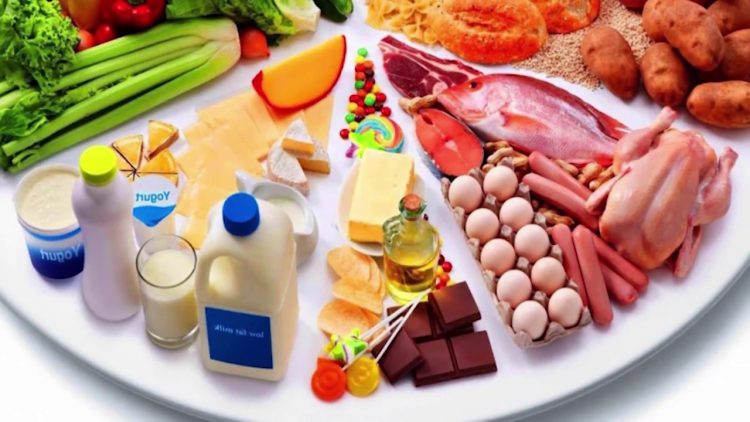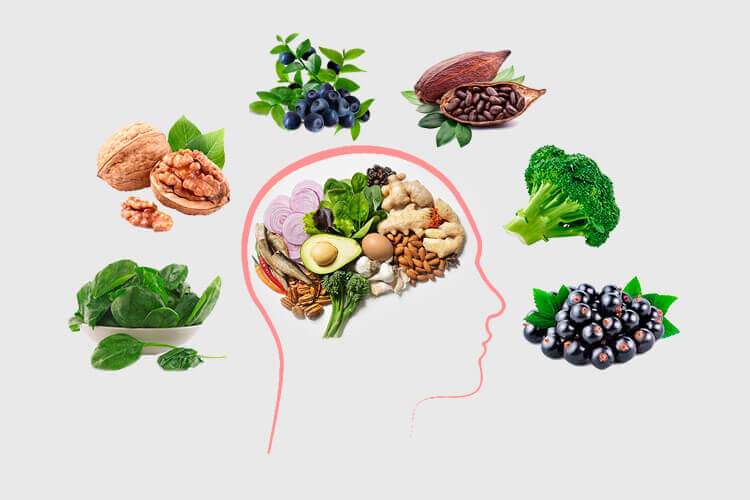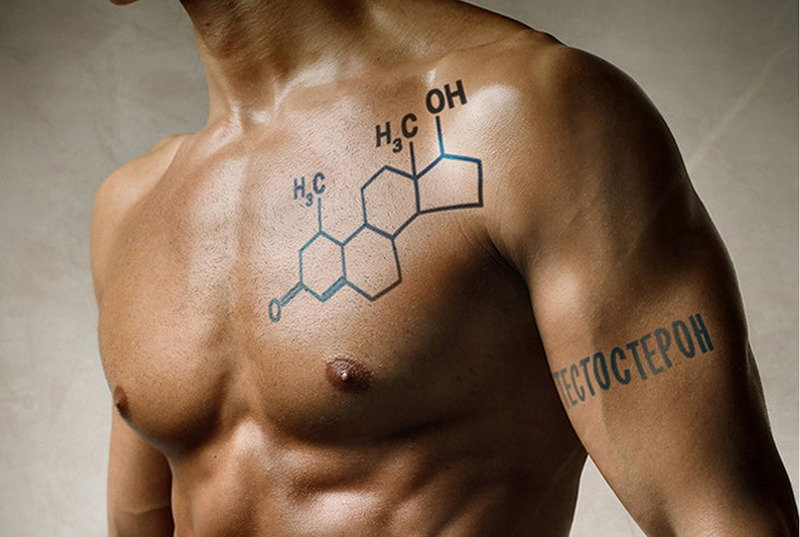Together, minerals represent 5% of body weight, they are chemically unalterable inorganic compounds that have very diverse essential functions and there is an interrelation between them with respect to their absorption, transport and use. They are usually classified according to the amount required in:
1. Macrominerals, whose recommended intake is greater than 100 mg / day
2. Microelements: whose recommended intake is not greater than 15 mg / day
3. Trace elements
4. Trace elements
These can be lost during cooking or in refining processes, in the same way that they can be toxic if ingested in excess.
Electrolytes: (sodium, chlorine and potassium)
They are compounds, whose recommended intake is greater than 100 mg / day, which when dissolved in water give rise to charged ions.
Calcium
It is the most abundant mineral in the body, its recommended intake is 700-1200 mg / day and its primary source is dairy, although we can also find it in nuts, fruits and vegetables in less quantity and with less bioavailability.
Its absorption is carried out in the upper part of the small intestine (duodenum and jejunum) and increases with vitamin D, the acid medium, lactose and the presence of food and decreases with oxalic and phytic acid (vegetables and nuts ), fiber the alkaline environment, aging and poor fat absorption.
The vast majority of absorbed calcium is destined to the daily turnover of bone tissue where parathyroid hormone increases bone release when calcium in the blood is reduced. Unlike calcitonin, which increases bone absorption when plasma calcium is high.
In addition to its structural function, it is involved in muscle concentration, nerve impulse transmission, cell signaling and blood clotting. Its deficit produces rickets (loss of mineral matrix) in children and osteoporosis in adults.
Toxicity from excess calcium leads to calcium deposition in muscle, blood vessels and lung, making them stiffer, also kidney stones or kidney function problems with 2400 mg / day.
Excessive sports practice can lead to bone decalcification. In young women, decalficication will affect the onset of post-menopausal osteoporosis. Like prolonged amenorrhea, it produces a loss of bone mass and increases the risk of fracture. Cramps can also be caused by loss of calcium.
Phosphorus
This mineral is found in most foods. The minimum recommended intake is 800 mg / day, it works together with vitamin D and calcium.
Apart from its structural function (bones and teeth), it is required for the production of ATP and other metabolic intermediates. Its excess can produce calcium phosphate deposits in the tissues.
Magnesium
It is the mineral found in most foods (especially green vegetables). It has a structural function, participates in the transmission of the nerve impulse and in the formation of bone. Its deficit occurs in people with liver problems, treated with diuretics or with kidney or digestive diseases. There are large losses of magnesium in sweat and urine in high intensity sports, but mainly in aerobic sports.
Sulfur
It is a mineral component of several vitamins and amino acids, being responsible for the tertiary structure of proteins.
Iron
Its sources are liver, meat, green vegetables, cereals, nuts and legumes, although the latter with a lower bioavailability. Since your daily losses 0.5-1 mg and only 10% is absorbed, your recommended intake is 10-20 mg / day.
Increases its absorption of citric acid and gastric acidity. It is transported by transferrin to the tissues, where 60-70% will be part of the hemoglobin and 27% is stored in the liver, spleen and bone marrow as ferritin and hemosiderin. Its deficit produces genetic error, liver damage, diabetes.
Women and vegetarian athletes tend to suffer from anemia, because their diet is so strict that it does not meet the adequate intake.
You only have to supplement with iron under a medical prescription.
Zinc
It has an absorption efficiency of 30%, which is increased by glucose and lactose and decreased by fiber, phytates and ascorbic acid. Its recommended intake is 10-15 mg / day and its sources are meat, fish, poultry, eggs, and milk. Its deficit causes growth retardation.
Copper
After its absorption, it is transported to the liver from where it leaves together with ceruloplasmin and is transported to the different tissues. Its most important source is the liver. Its excess produces Wilson’s disease. Recommended intake 1.2 mg / day.
Iodine
This mineral is part of the thyroid hormones, it is found mainly in saltwater fish and shellfish and iodized salt. Its recommended intake is 150 mg / day. Its deficit produces cretinism and goiter.
Fluorine
Recommended intake is between 1.5-4 mg / day, it improves tooth enamel. Its primary source is water and fluoridated foods.
Chrome
Recommended intake is between 50-200 mg / day, it is related to glucose metabolism. Its primary sources are livers and cereals.
 |
MINERAL COMPLEX VITOBEST 60 CAPSULA
|




